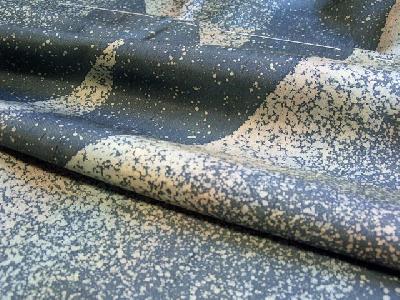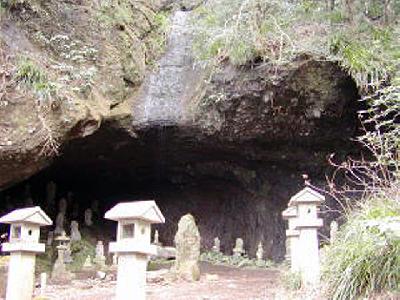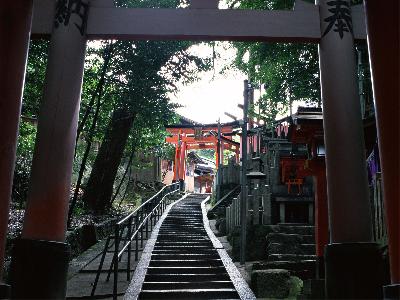Ushikubi-tsumugi is a silk fabric made in the Ushikubi area of Shiramine in Hakusan city, Ishikawa prefecture. Ushikubi-tsumugi uses only pure river-bed water from the Tetori River and rare silkworm cocoons called “Tama-Mayu” in its process. The silkworm cocoons are first boiled down, spun by hand, and then elaborately weaved. All aspects of the process are done by hand and the fabric is famous for its strength among other silks. The origins of Ushikubi-tsumugidate back to the Heian period when the technique was first introduced to the locals by the wife of a Minamoto clan warrior named Oobatake. Oobatake became a fugitive after the Minamoto clan were defeated during Heiji no ran, or the Heiji Rebellion. Ushikubi-tsumugi was highly regarded for its durability and much sought after during the Edo period. From the middle of the Meiji period to the beginning of the Showa period, silk production steadily increased, however with Japan facing economic depression and eventually war, production soon rapidly declined and the authentic silk industry disappeared all together for a time. After the war, silkworm breeding was resumed and the craft of Ushikubi-tsumugi was successfully revived. Today, Ushikubi-tsumugi is appreciated as one of the highest quality silk fabrics in the world.


















